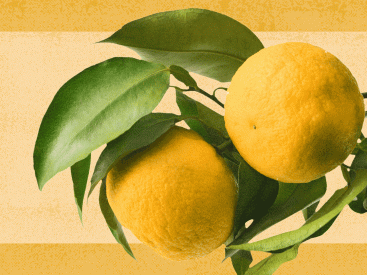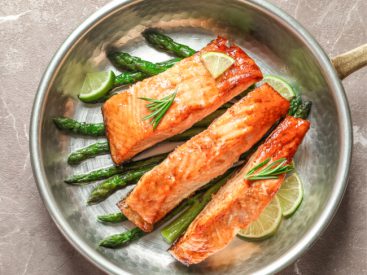Study these Italian food and drink rules before your next trip to Italy. To state the obvious, Italians take eating and drinking seriously. Ancient Romans made wine and hosted elaborate banquets, which means that Italians have been perfecting the art of the table for more than 2,000 years. If […]
Delicious!
Delicious!



